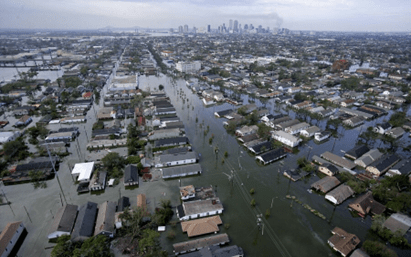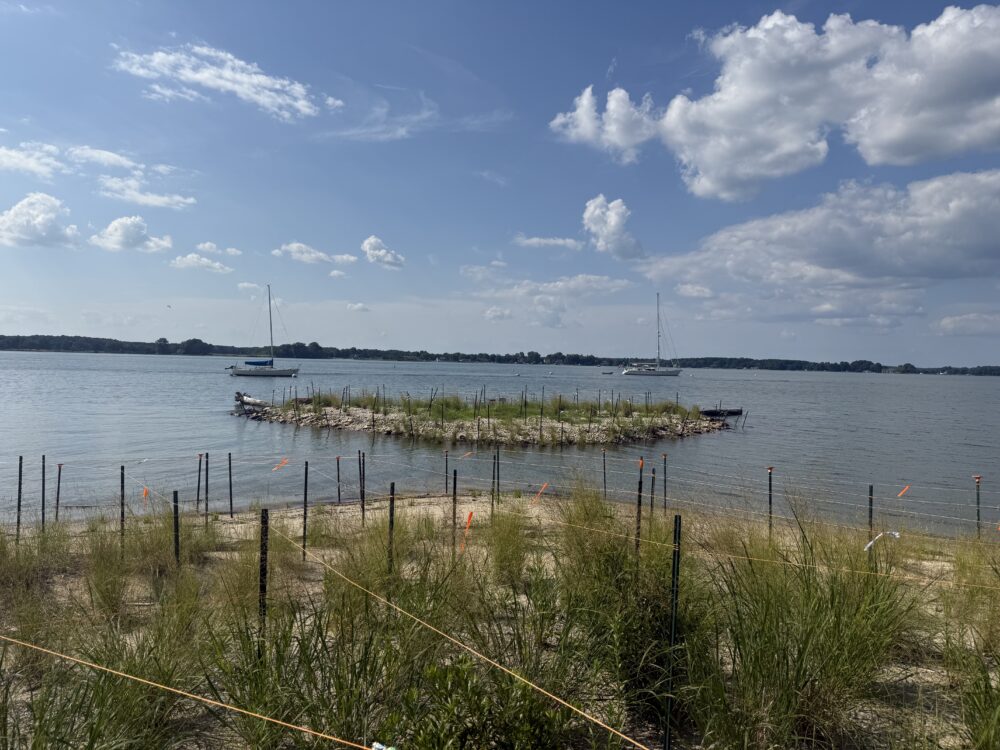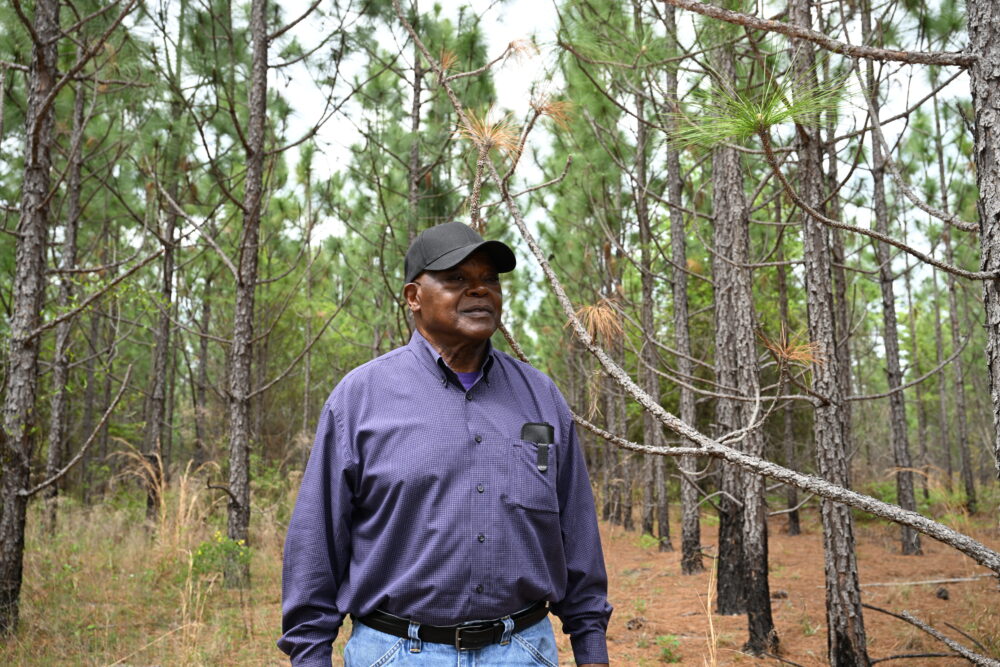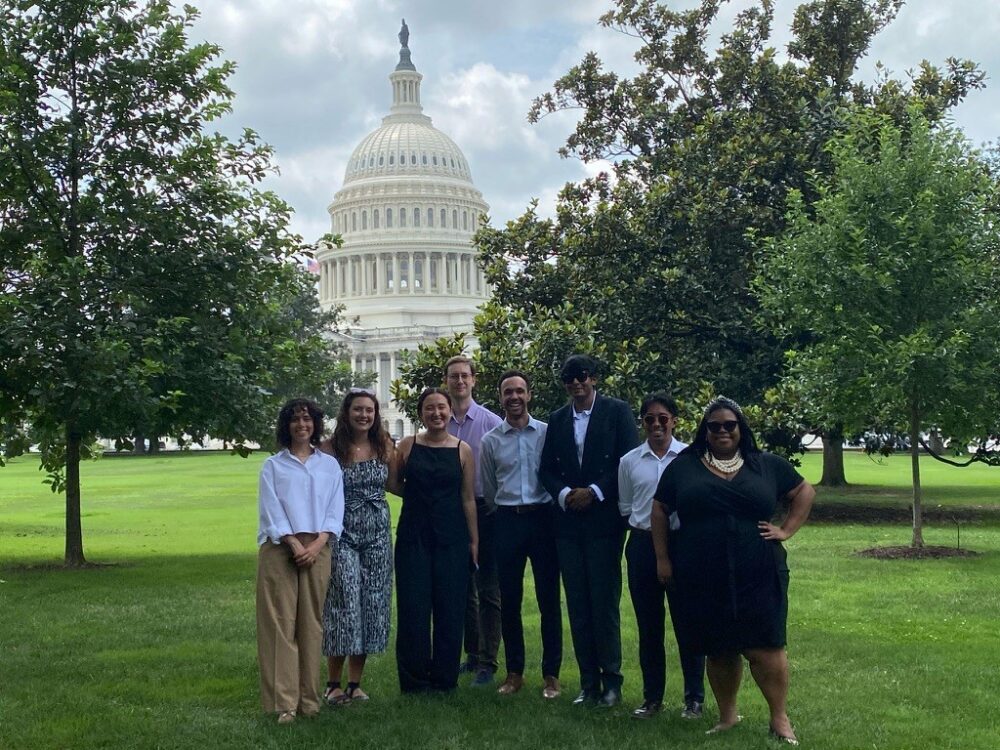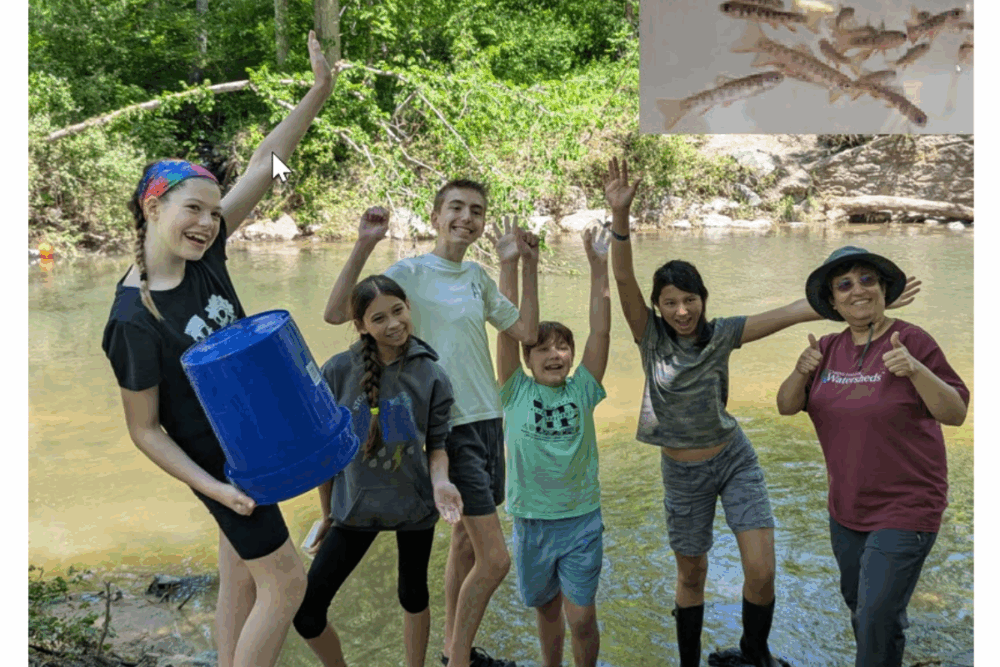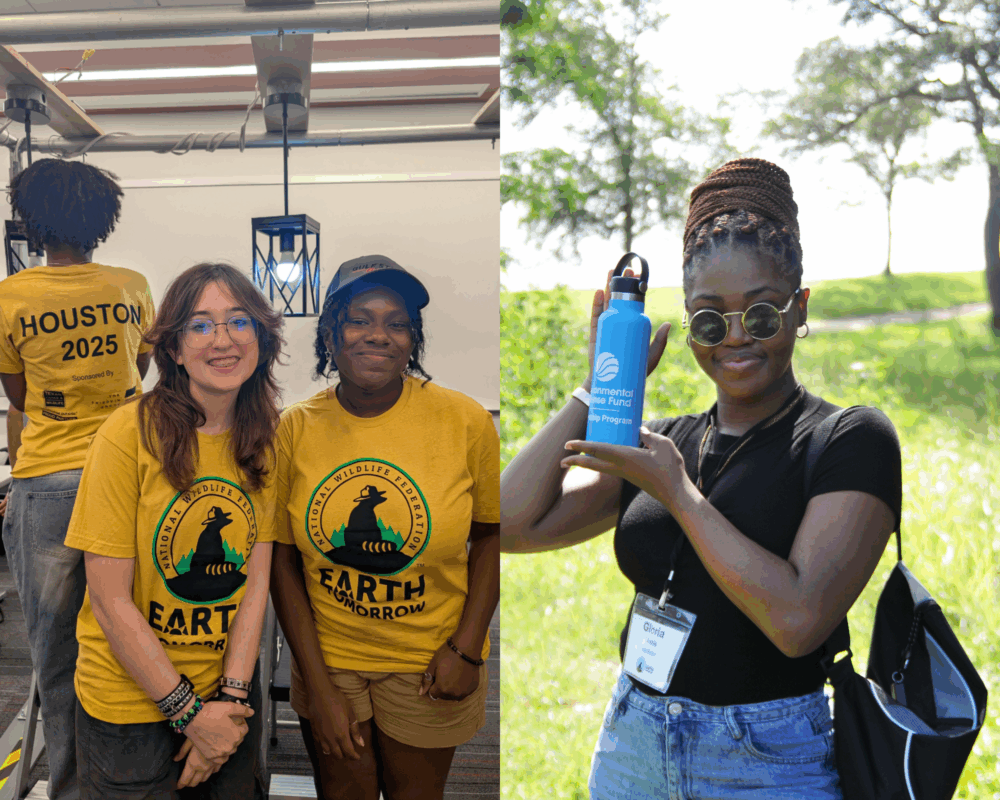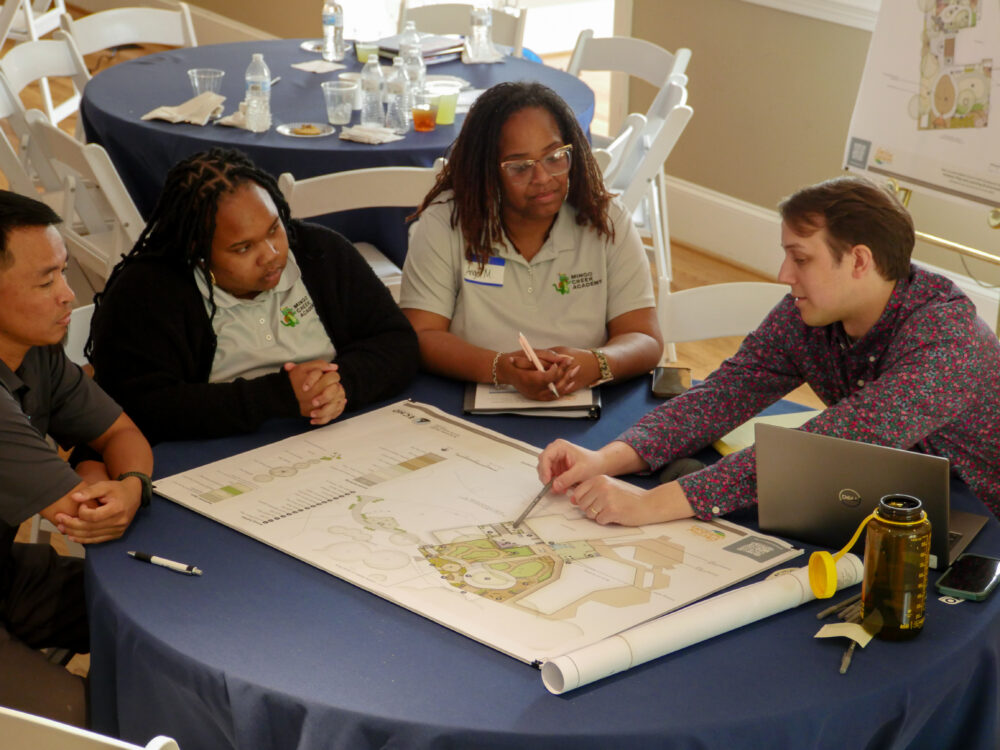We have much more to do and your continued support is needed now more than ever.
Six Key Reasons The New Next Generation Science Standards Are Great News For Environmental Education
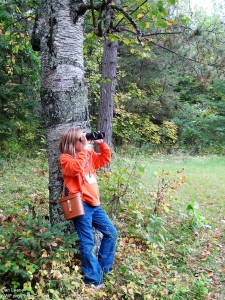
The “Next Gen” science standards (first published in May 2013) came in response to a longstanding frustration with both the declining overall quality of science education in America and how few young people these days are choosing professions and careers in science and engineering. Experts describe the need to increase the number of high school graduates who choose scientific and technical majors in college and community college as a critical concern for the country’s economic future.
This need caused the National Research Council to devote major thought, time and effort to the development of a wholly new way of teaching science and engineering. The Council consulted with the experts and employed effective organizations such as Achieve, Inc. with support from the National Science Teachers Association, in developing a new way of organizing and approaching science, technology, engineering and math (STEM education) in America. Importantly, education leaders from 26 states were involved in crafting the new standards.
Perhaps the simplest way to explain how the Next Gen standards differ from previous science standard efforts is to focus on how much they emphasize real world contexts for education and the weight they place on young people learning to think and act like scientists and engineers while they are learning. In many respects, the standards are meant to do for science what a separate set of guidelines known as the Common Core do for English and mathematics: raise the quality of student learning through a focus on critical thinking and primary investigation.
The NGSS use a three part structure of: a) core principles, b) scientific and engineering practices, and c) cross cutting subjects. This integration of these approaches differs from the way traditional classroom science is taught. Dr. Stephen Pruitt, CEO of Achieve, the organization that headed up the NGSS effort, notes that this combination of educational goals and approaches is good for improved science and engineering education and for environmental literacy too. When it comes to their relationship to environmental education, he says, “The standards do not shy away from using the environment.” He goes on the say: “It is fairly easy to use the environment to teach multiple things in science.”
With that in mind, here are five key reasons the Next Generation Science Standards are very good news for environmental education and environmental literacy in America.
1. The NGSS contain a major content focus on science related to the environment — energy, nature, climate, sustainability and the earth
Some estimate that nearly one half of all the content in the new standards connects to scientific subjects traditionally viewed as part of a comprehensive environmental and sustainability studies course. Moreover, because the new standards use a framework of understanding how humans impact the Earth, they are effective new tools for environmental education in subjects such as biodiversity, wildlife, weather systems, agriculture, transportation, health care, green chemistry, green technology and more.
2. The NGSS embody new ways of teaching science that blend well with longstanding environmental education principles and methods
In the late 1970s, the professional environmental education field came to grips with the need for environmental education to focus on skill development and the practical application of skills. The EE community has since operated under the aegis of constructivist learning strategy that, in simple terms, places emphasis on a student understanding the underlying concepts and then being able to apply them in a real world setting. An example might be addressing a local pollution problem or improving nearby wildlife habitat. The environmental educator community distinguished itself from traditional science education with this focus on teaching skills that can be applied in a real world context. The NGSS support this approach with a new “science in action” focus. This means they are more in alignment with longstanding environmental education principles especially though their three-part relationship among core concepts, cross cutting topics and actual practices.

- K–12 science education should reflect the interconnected nature of science as it is practiced and experienced in the real world.
- The NGSS are student performance expectations, not curriculum.
- The science concepts in the NGSS build coherently from kindergarten through 12th grade.
- The NGSS focus on deeper understanding of content as well as application of content.
- Science and engineering are integrated in the NGSS, from kindergarten through 12th grade.
- The NGSS is designed to prepare students for college, career, and citizenship.
- The NGSS and Common Core State Standards (English language arts and mathematics) are aligned.
The Association sheds light on this by saying: “The NGSS are intended to reflect a new vision for science education.”
3. The NGSS contain a stronger marriage between science and engineering that will help foster a transformation to green technology and a greener economy
As you can see above, one of the seven concepts is that the NGSS address the traditional divide in K-12 instruction between the subjects of pure science and engineering. While science, in the form of chemistry, physics and biology are taught in most K-12 schools, aspects of engineering and design are less apt to appear in the curriculum. They are often found in career and technical education courses but much less so in more academically-focused classes. Science and engineering are now more integrated in the NGSS. Engineering and technology have not received the same level of attention in science curricula, assessments, or the education of new science teachers as the traditional science disciplines have, until now. The new “practices” aspect of the NGSS and their focus on applied learning along with directly addressing engineering subjects make the marriage between pure science learning and engineering more seamless. This is highly significant for environmental education which is certainly about educating children and young adults on natural sciences and earth systems but will increasingly be called upon to address the shift toward greener technology that will help us to bring human activity in balance with the carrying capacity of the planet.
4. The NGSS serve up a major new opportunity to marry formal (school based) education with informal educators at nature centers, zoos, aquariums and other similar institutions
If environmental education has a secret weapon in the quest to help young people become more environmentally literate it is embodied in the tens of thousands of nature centers, arboretums, botanical gardens, zoos, aquariums, natural history museums and other facilities that offer high quality environment-based education to young people and adults. These facilities are spread through the nation and serve visitors, provide instructional classes and lectures, conduct guided tours (indoors and out), manage camps, have exhibits and displays and are often remembered as educational highlights in a child’s life. Successes along these lines can be pointed to in every metropolitan area, but a major challenge has been to create more widespread, integrated and lasting partnerships between schools and these informal education organizations. There are logistical barriers for sure, but the NGSS really help to overcome some of the pedagogical barriers with their real world emphasis. The structure and goals of the NGSS offer opportunities to go beyond a traditional classroom instruction to practice and makes the marriage of two major educational “estates” possible: K-12 schools and nature and science based non-formal education.
5. The NGSS come at a critical time when America is becoming more committed to green schools and school sustainability

Students at green schools can study the science of food and wildlife in gardens they have created, they can examine the science of energy while saving ever scarce schools utility funds, and they can learn about science cycles in waste, water, carbon and more. In addition to learning the core principles of science and engineering, they give students experience in science and technology practice and oftern reflect cross-cutting subjects consistent with the NGSS framework.
6. The NGSS are set up to go mainstream and thus offer more EE reach into classrooms than anything else to-date
The environmental education of our young people is a highly popular goal for Americans. Surveys consistently show that 90% to 95% of all parents support environmental education being taught in schools. The problem is, environmental education has yet to become fully mainstream in most American K-12 education. It is a valuable supplement to existing curricula and, in some schools, is featured, but it is not core to most K-12 instructional programs. The NGSS are both rich in environment-based content and are sharply focused on building scientific and engineering knowledge and skill in well-sequenced steps that will accumulate in the student’s mind from year to year in an organized pattern. The standards will, over the next decade, likely become central to instruction in more than 100,000 schools and millions of U.S. classrooms. There will be challenges along the way. Education Week reports that: the performance of the NGSS will be more difficult to measure than traditional science learning. “As a result, the standards will require educators to measure not just how well students can recite facts or predict experimental outcomes, but also to gauge how well students develop and use conceptual models on their own, develop and follow lines of investigation, and communicate research findings.”
The NGSS address a challenging problem that exists for both science and environmental learning – the courses and lessons that are offered are usually not in sequence. Instead they are most often offered in isolation from one another and do not comprise a logical progression of knowledge that accumulates into a coherent whole over time. The NGSS goal of a well-sequenced, in depth and logical accumulation of scientific knowledge and skills will have immediate effects on the improvement of environmental literacy nationwide. The environmental education community has much work to do in preparing to take advantage of the opportunities offered by the longer term adoption and implementation of the Next Generation Science Standards. Some of this will involve alignment of existing EE curricula with the standards and some will involve new and effective partnerships with nature centers, museums and other non formal educational providers. Importantly, the environmental education community and its many leaders will need to engage productively in policy efforts. Much of this policy work will be at the state level.
In the final analysis, the Next Generation Science Standards represent one of the greatest opportunities we have ever seen for having millions of environmentally literate students and, eventually, the tens of millions of environmentally skilled and effective adults we will need to both save people, the planet and have a prosperous and sustainable economy.







